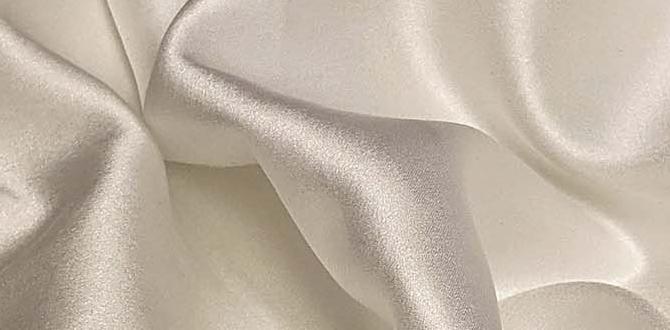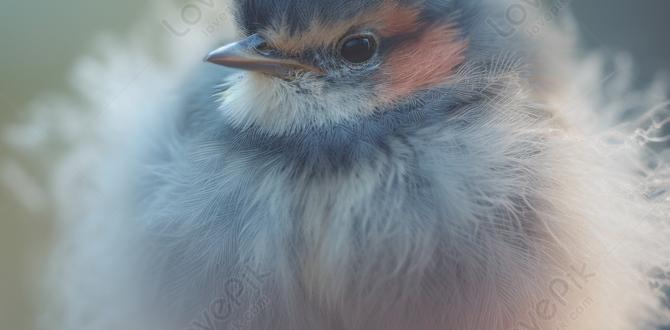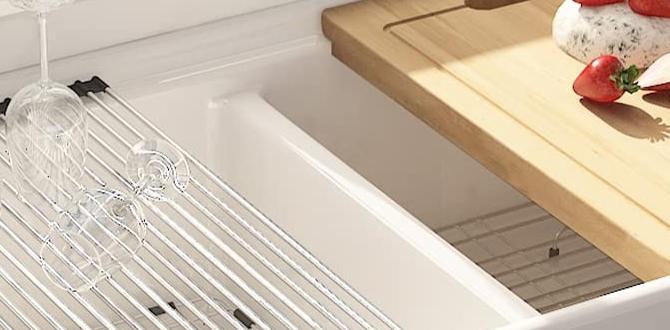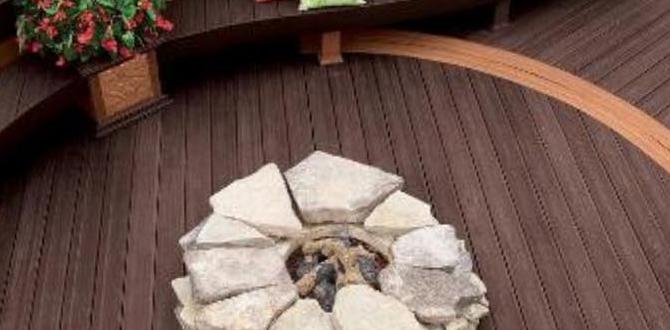Have you ever wondered if straw can help your garden grow? Many people think of straw as something that just goes in a barn. But did you know it can be a secret weapon for your plants? When used right, straw can work wonders in gardens.
Imagine this: You put down a layer of straw in your garden. Soon, you find that weeds don’t stand a chance. That’s one of the reasons why many gardeners love using it. Straw helps keep the soil moist and cool, perfect for plants like tomatoes and peppers.
Plus, straw is a great way to recycle. Instead of throwing it away after harvest, you can repurpose it. Isn’t it amazing to think something so simple can make your garden thrive? In this article, we’ll explore why straw is good for gardens and how you can use it. You might be surprised by what you learn!
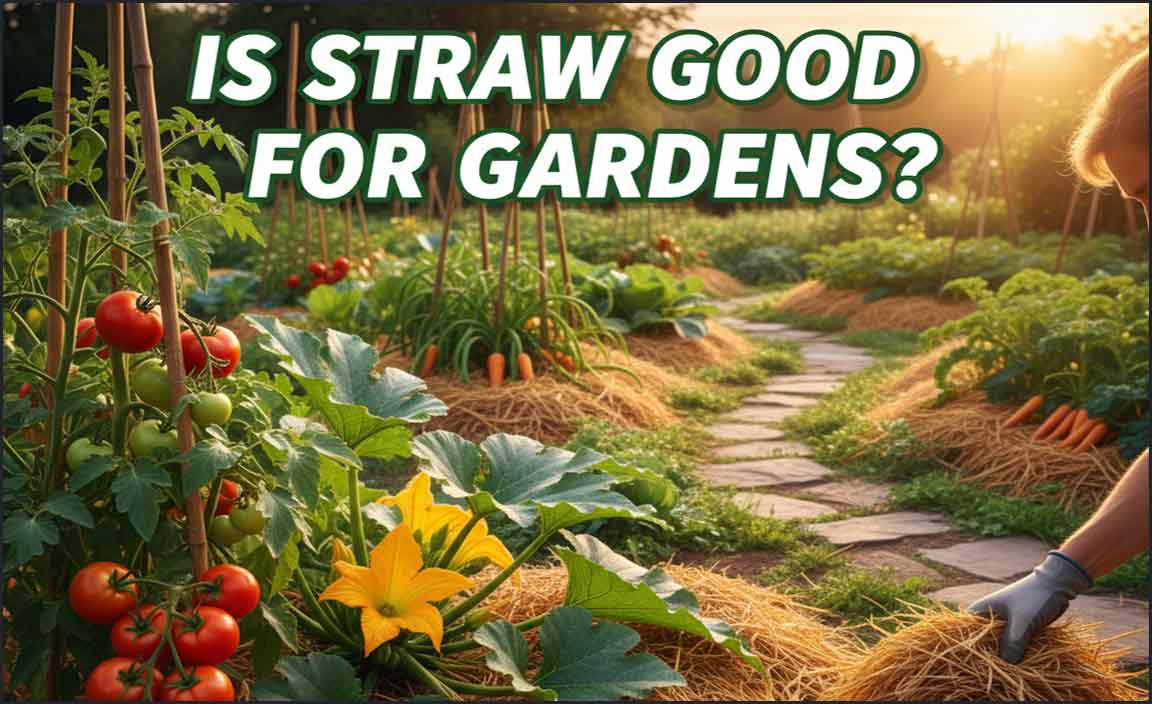
Is Straw Good For Gardens? Benefits And Tips For Use
Straw can be a fantastic addition to your garden. It acts as a natural mulch, helping to keep the soil moist. Plus, it suppresses weeds, which is always a gardener’s goal! Did you know it also enriches the soil as it breaks down over time?
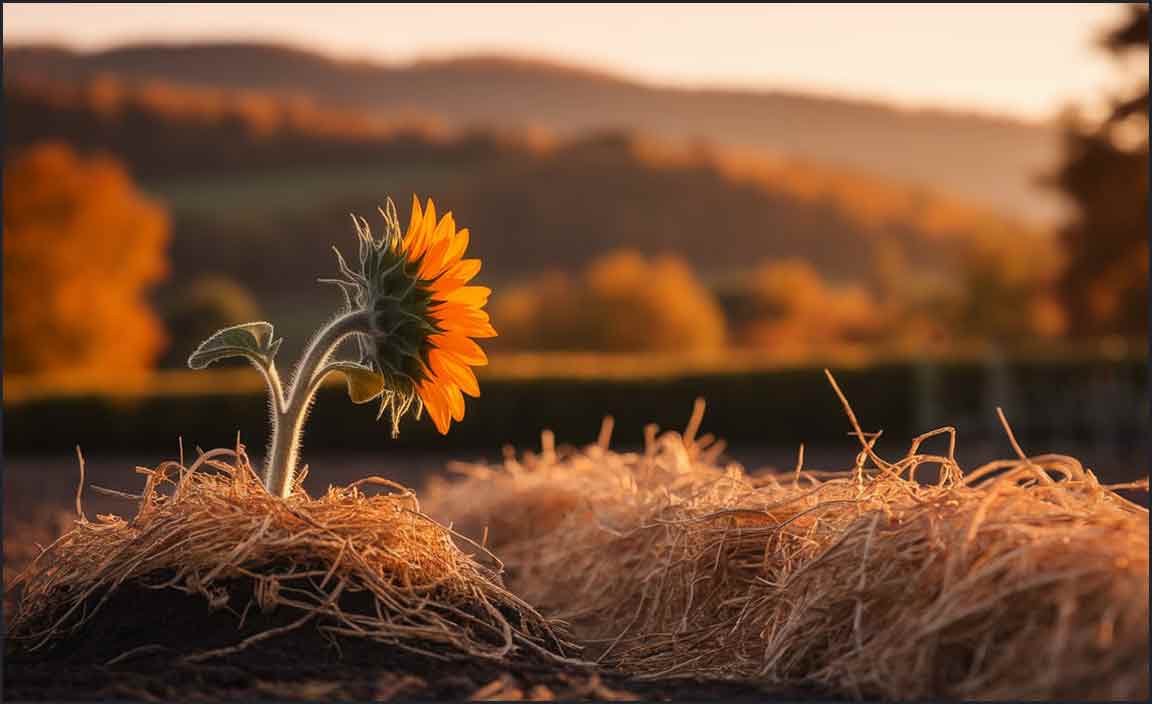
Using straw can save you energy and money while inviting beneficial insects into your garden. So, next time you’re mulching, think about the wonders of straw!
Benefits of Using Straw in Your Garden
Provides insulation for soil temperature control. Enhances moisture retention in garden beds. Using straw in your garden is like throwing on a cozy blanket for your plants. It helps keep the soil warm in cooler weather, ensuring your veggies stay snug and happy. Think of it as a tiny hug for your garden! Plus, straw acts like a sponge, holding moisture just like a thirsty plant needs. This means less time watering and more time enjoying your garden. Who knew straw could do so much?
| Benefit | Explanation |
|---|---|
| Insulation | Keeps soil warm during chilly nights. |
| Moisture Retention | Helps the soil stay wet, reducing watering needs. |
So next time you see straw, remember it’s not just for scarecrows but also for making your garden thrive!
How Straw Improves Soil Health
Breaks down to enrich soil with organic matter. Encourages beneficial soil microorganisms. Using straw in your garden can help build better soil. It breaks down over time, adding organic matter to the soil. This makes the soil richer and healthier for plants.
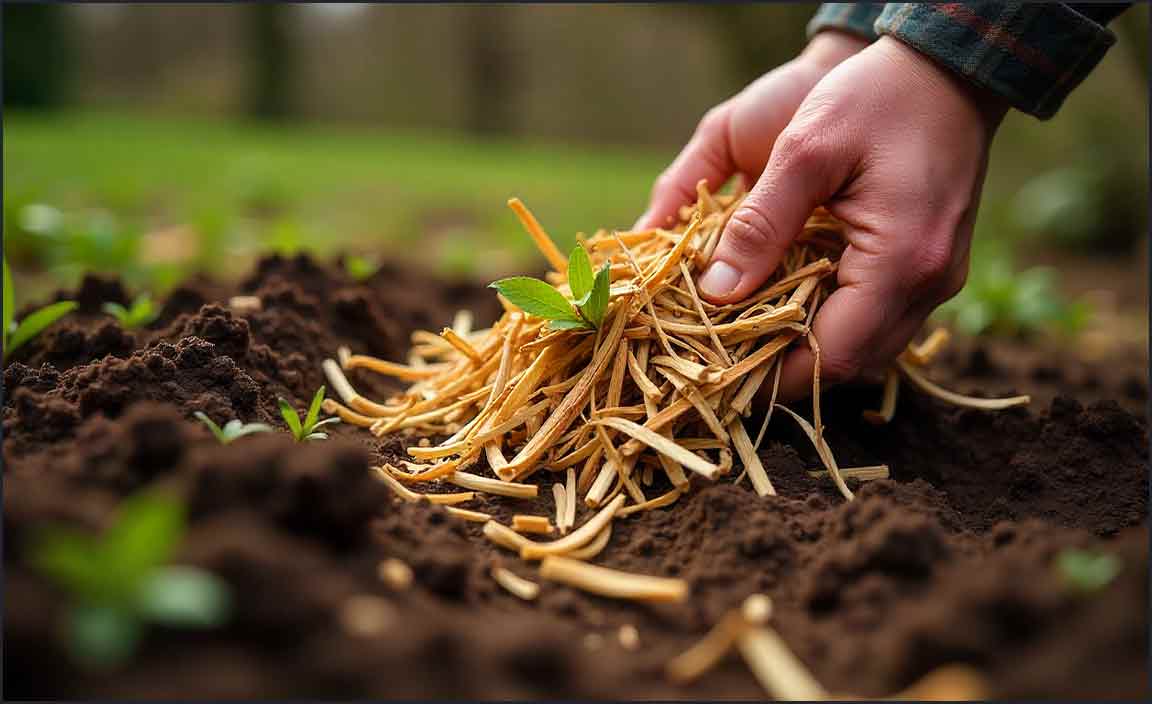
Straw also brings helpful microorganisms to the garden. These tiny creatures help to make nutrients available for plants. Together, they create a thriving environment for your garden to grow!
How does straw benefit gardens?
Straw benefits gardens by improving soil health and supporting plant growth.
Key Benefits:
- Breaks down to enrich soil with organic matter.
- Encourages beneficial soil microorganisms.
Using Straw as Mulch: Tips and Tricks
How much straw to apply for optimal coverage. Best practices for layering straw in garden beds. To use straw as mulch effectively, start by applying a layer about two to four inches thick. This thickness helps control weeds and keeps moisture in the soil. When layering straw in your garden beds, consider these best practices:
- Spread it evenly around your plants.
- Avoid piling straw against plant stems.
- Check moisture levels to ensure your plants are getting enough water.
Remember, a good mulch layer can help your garden thrive!
How much straw should I use for my garden?
For optimal coverage, apply two to four inches of straw. This amount balances moisture retention and weed control.
Choosing the Right Type of Straw for Your Garden
Differences between wheat, barley, and oat straw. How to source highquality straw. Picking the best straw for your garden is like choosing the right hat—it just makes everything look better! Wheat straw is great for its fine texture and helps keep the soil warm.
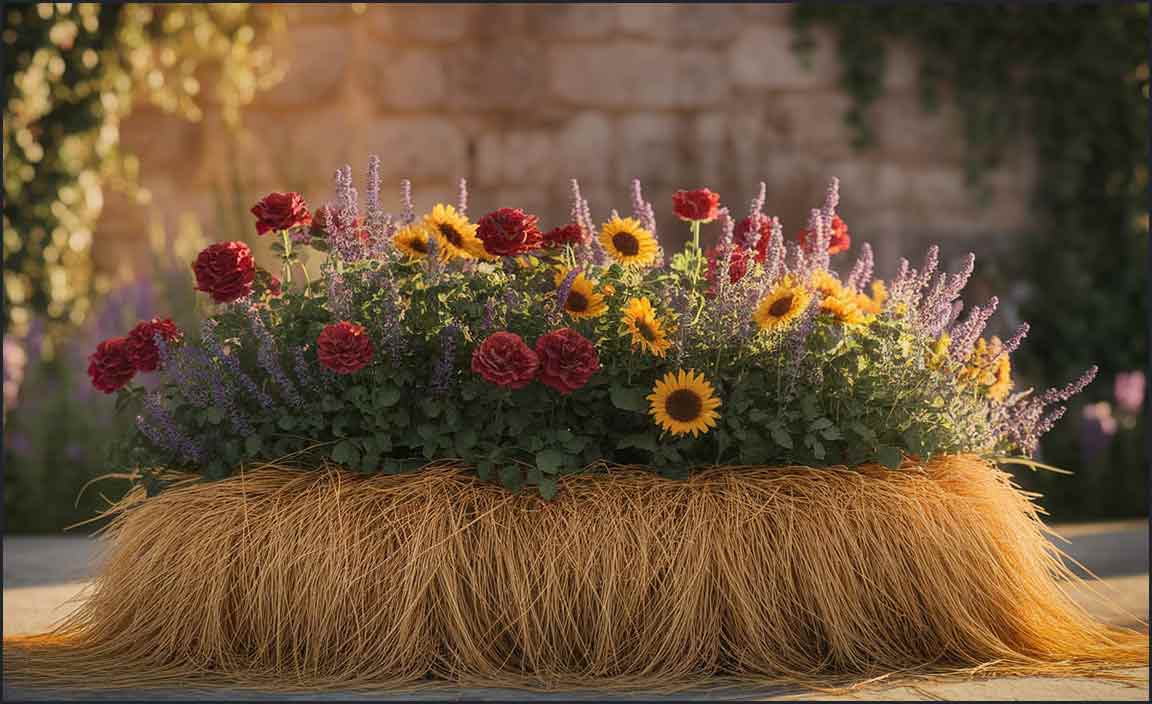
Barley straw can ward off pesky algae in ponds, while oat straw is famous for keeping weeds away. To get top-notch straw, visit local farms or gardening shops. Remember, quality matters more than quantity, just like in cookie recipes!
| Type of Straw | Benefits |
|---|---|
| Wheat | Fine texture, helps with warmth |
| Barley | Algae fighter in ponds |
| Oat | Weed resistant superstar |
Potential Drawbacks of Using Straw in Gardens
Risks of weed seeds in straw. Concerns about pest attraction. Using straw in gardens can have some downsides. First, straw can hide weed seeds. These seeds might sprout and take over your garden. Second, straw sometimes attracts pests, like mice or bugs, which can harm plants. Think twice before using straw. It might not be as helpful as you think.
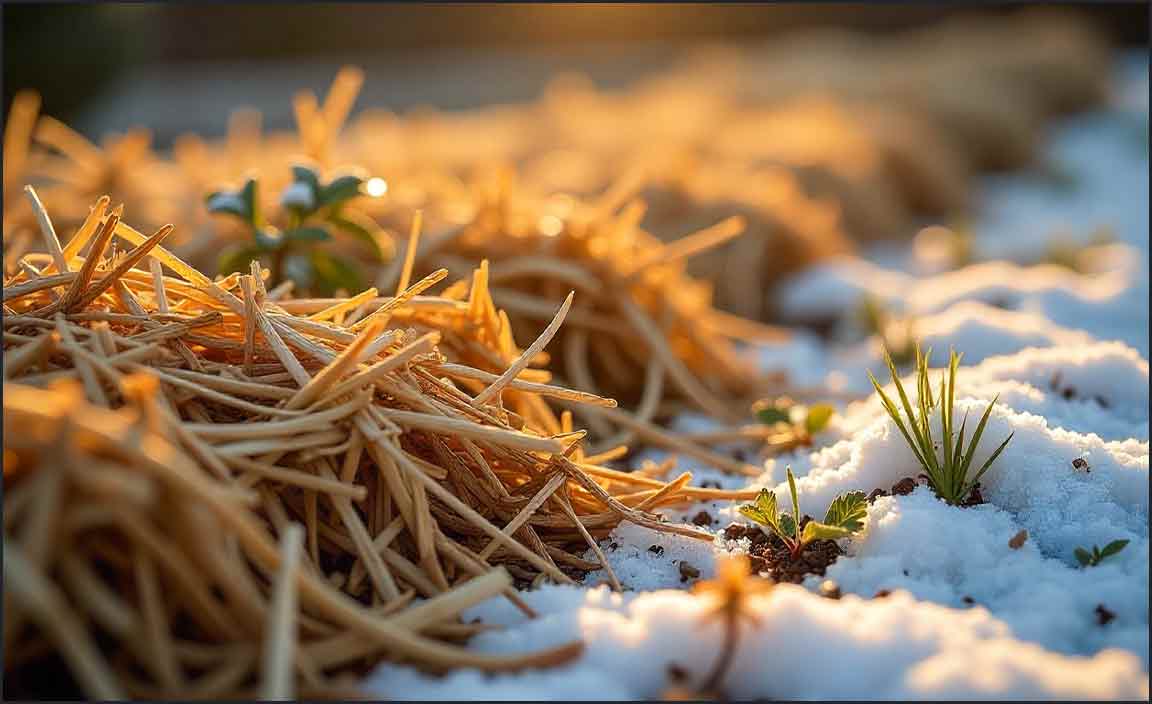
Can straw attract pests?
Yes, straw can attract pests such as rodents and certain insects, which may damage your plants. Keep your garden protected.
Alternative Uses for Straw in Gardening
Straw as a compost ingredient. Straw bales as a gardening structure.
Straw can be great for gardening in different ways. It serves as a compost ingredient, adding nutrients to the soil. Mixing straw into compost helps it break down faster, improving plant growth. Additionally, using straw bales can create sturdy structures for gardens. These bales work as raised beds, making planting easier. They keep soil moist and weeds away.
How can you use straw in gardens?
You can use straw for both composting and creating garden structures. Mixing straw into compost adds nutrients. Building with straw bales makes gardens easier to manage.
- Ingredients for compost
- Raised garden beds
- Moisture retention
- Weed suppression
Expert Tips for Incorporating Straw in Your Garden
Testing straw for contaminants before use. Combining straw with other mulch materials for best results. Before using straw in your garden, test it for harmful contaminants. This way, you keep your plants safe. A simple method is to check for chemicals or pests.
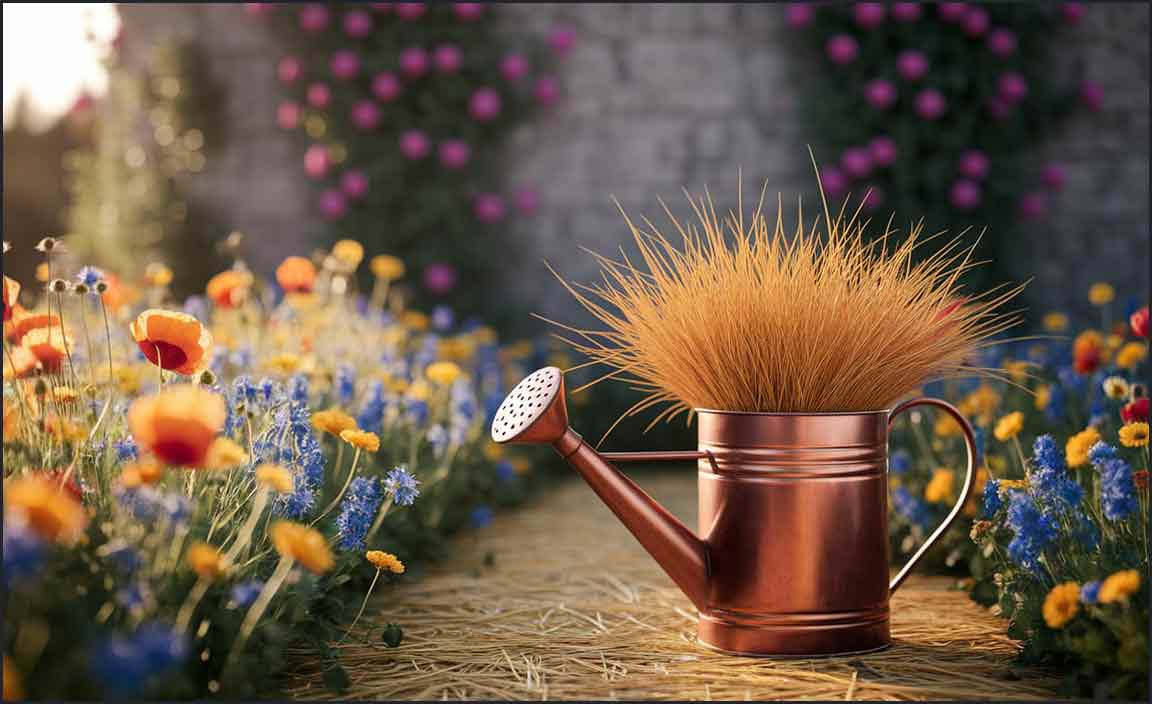
Next, mix straw with other materials like leaves or grass clippings. This combo helps hold water and adds nutrients. The best results come from blending different textures to improve soil health.
Can straw harm my garden?
Yes, straw can harm your garden if it’s contaminated. Always test it first.
Tips for safe and effective use:
- Check for mold or chemicals.
- Combine with compost or wood chips.
- Use straw in layers for better coverage.
Conclusion
In conclusion, straw can be great for gardens. It acts as a mulch, keeping weeds away and moisture in. You can also use it to improve soil health. However, make sure to choose clean straw to avoid pests. We encourage you to try using straw in your garden and see the benefits for yourself! Happy gardening!
FAQs
Sure! Here Are Five Related Questions On The Topic Of Straw And Its Use In Gardens:
Straw is great for gardens because it helps the soil. You can use it as mulch to keep the ground wet. It also stops weeds from growing. Plus, straw can break down and add nutrients to the soil. This helps plants grow strong and healthy!
Sure! Please provide the question you would like me to answer.
What Are The Benefits Of Using Straw As A Mulch In Garden Beds?
Using straw as mulch in garden beds has many benefits. First, it helps keep the soil moist by stopping water from evaporating. Second, it blocks weeds from growing, so your plants have less competition. Third, straw adds nutrients to the soil as it breaks down. Plus, it keeps the soil warm in cooler weather, helping plants grow better.
How Does Straw Help With Weed Control In Vegetable Gardens?
Straw covers the soil in your vegetable garden. This stops sunlight from reaching weed seeds. Without sunlight, weeds can’t grow well. It also keeps the soil moist and cool for your plants. So, straw helps your veggies by blocking out weeds!
Is Straw Suitable For Promoting Soil Health, And If So, How?
Yes, straw is great for soil health! When we add straw to the ground, it helps the soil stay moist. It also feeds tiny living things in the soil, like worms and bugs. These creatures help the plants grow strong and healthy. Plus, straw keeps weeds from growing too!
Can Straw Attract Pests Or Diseases In The Garden, And How Can This Be Managed?
Yes, straw can attract pests and diseases in your garden. Bugs like spiders and termites might find it cozy. To prevent this, you can use clean, dry straw and avoid using any that has mold or bugs. You should also keep straw away from healthy plants. Checking your plants often helps spot problems early!
What Is The Difference Between Using Straw And Other Types Of Mulch, Such As Wood Chips Or Grass Clippings?
Straw is light and easy to spread. It breaks down quickly, adding nutrients to the soil. Wood chips are heavier and last longer, but they take more time to break down. Grass clippings can turn into a smelly mess, but they add good nutrients too. Each type of mulch helps your garden, but in different ways!


